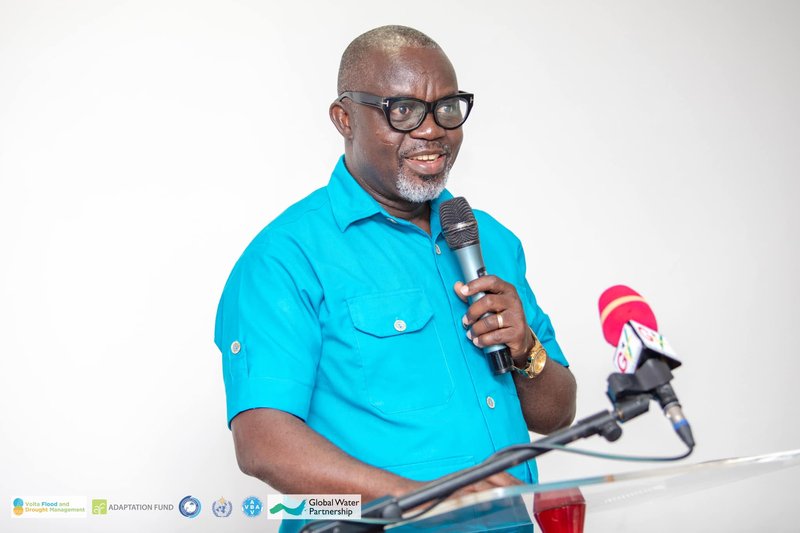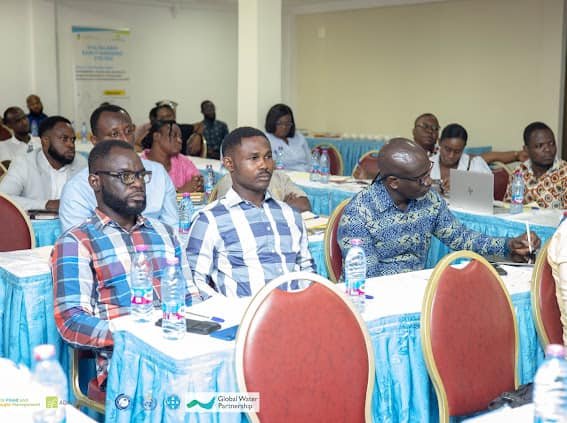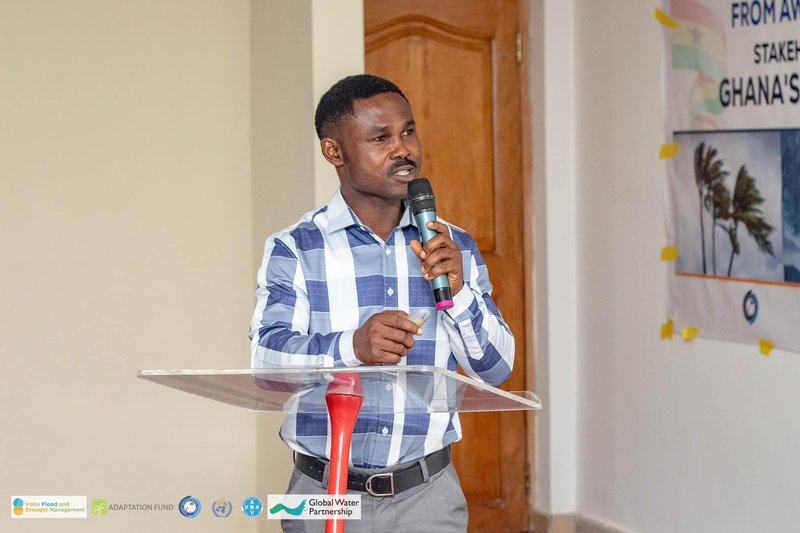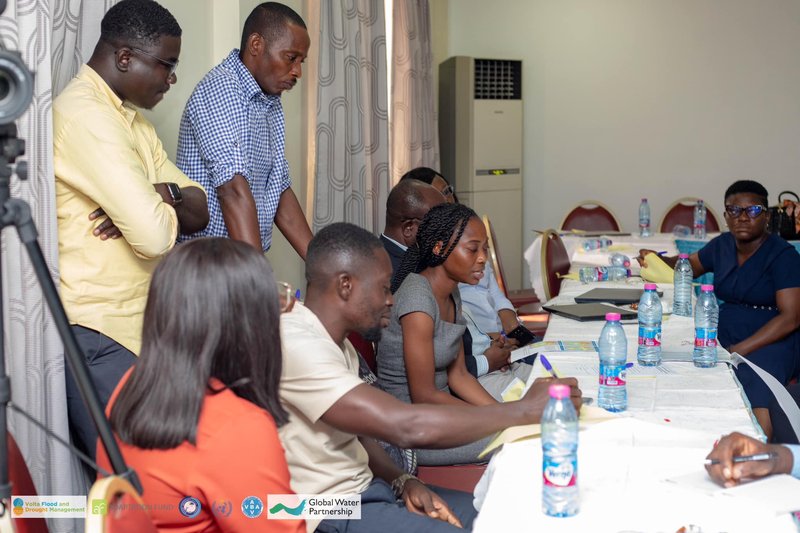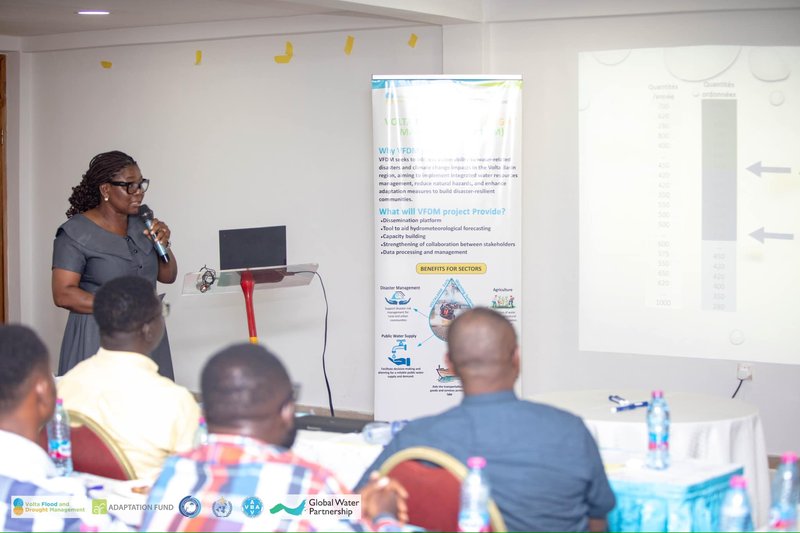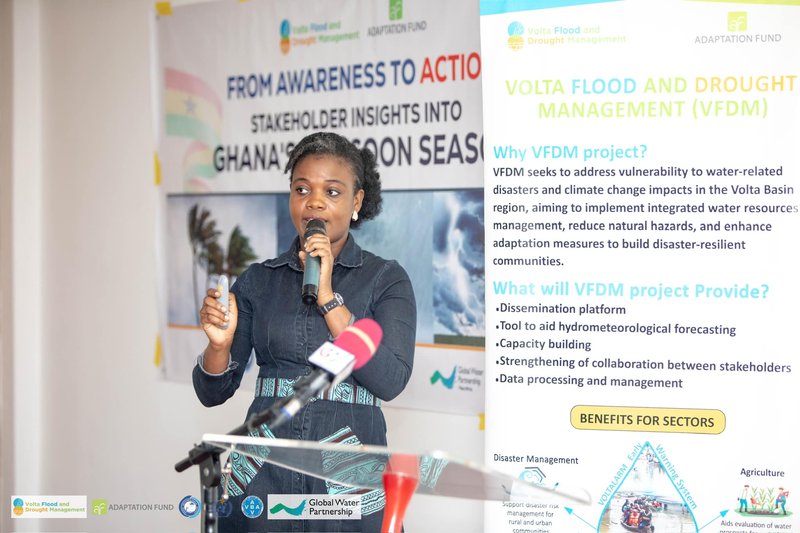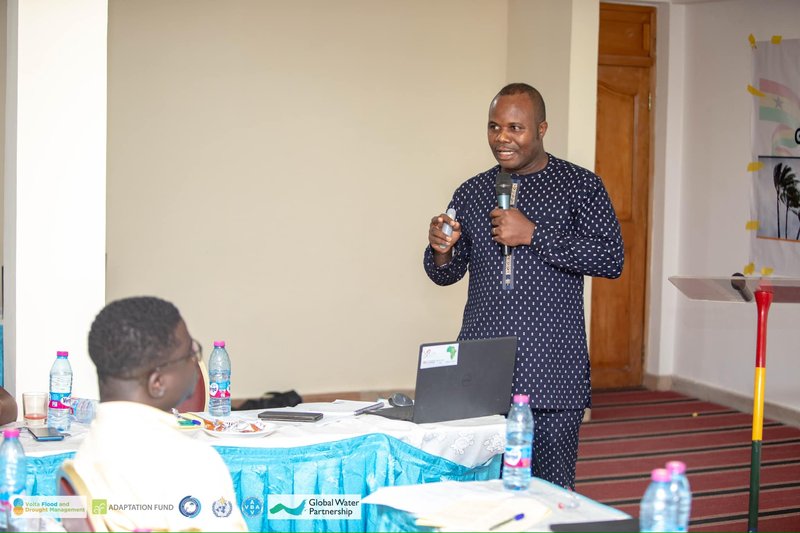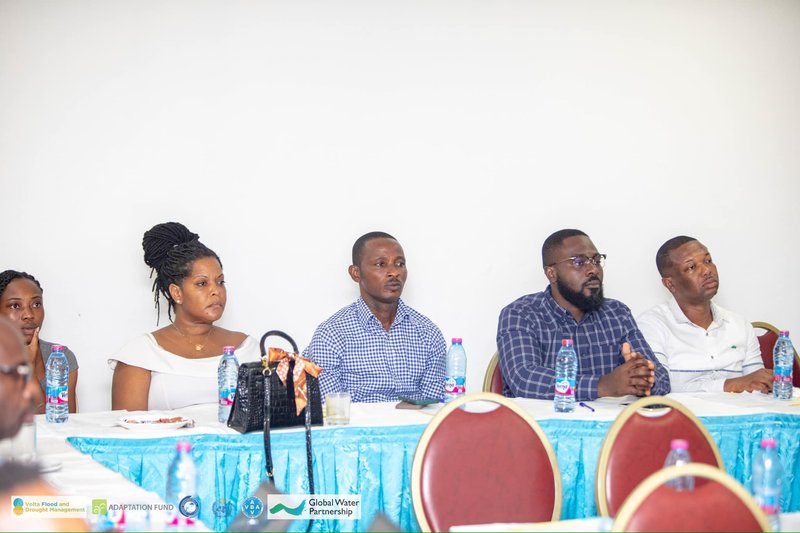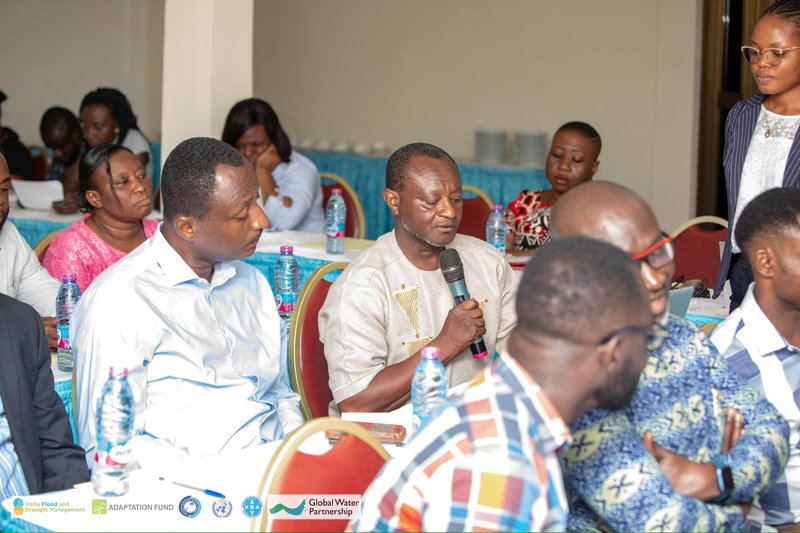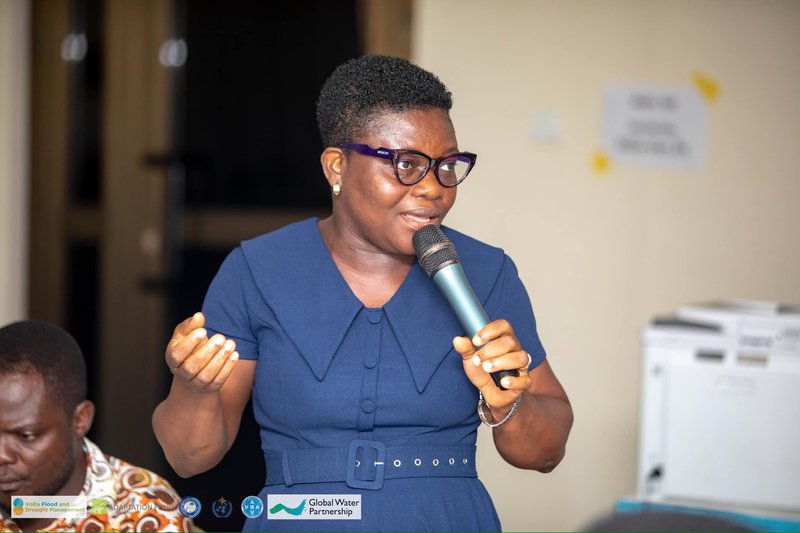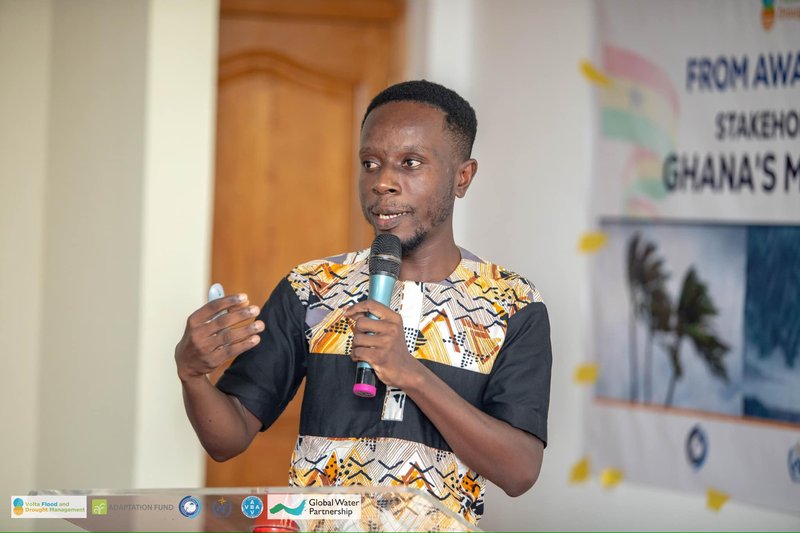GMet Hosts Workshop on Ghana’s Monsoon and Common Alerting Protocol
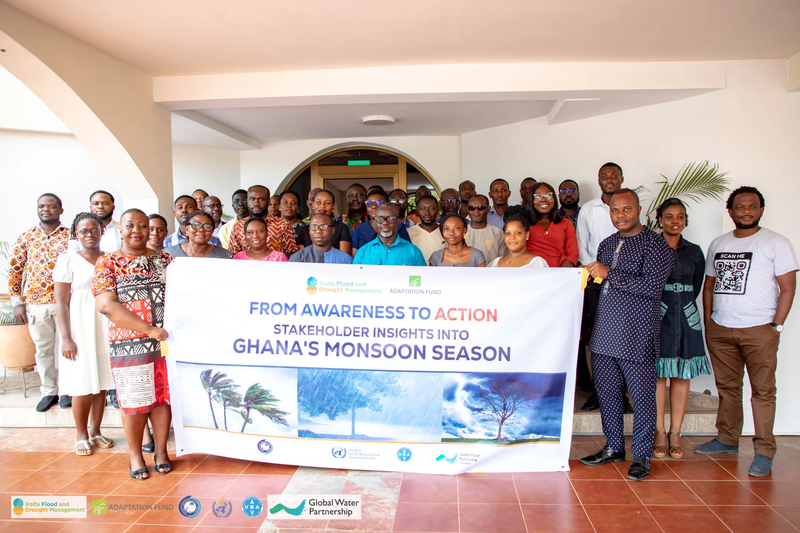
The Ghana Meteorological Agency (GMet), in collaboration with the World Meteorological Organization (WMO), the Volta Basin Authority (VBA), the Water Resource Commission, and the Global Water Partnership in West Africa (GWP-WA) has organized a workshop centred on Ghana’s Monsoon and the introduction of the Common Alerting Protocol (CAP).
The workshop which was held at The Royal Beulah Hotel in Accra brought together experts, policymakers, and stakeholders, emphasizing the importance of their roles in enhancing understanding and communication strategies related to climate, water, and weather hazards.
The workshop presented an depth exploration of Ghana’s monsoon season and how it influences agriculture, energy, public health, and water resources. Participants were also given an overview of GMet’s climate services, a hands-on practical on flood and drought bulletin, and an introduction to GMet’s marine forecasting products.
In his address, Mr Eric Asuman, the Ag. Director-General of GMet emphasised the critical role of understanding and forecasting Ghana’s monsoon patterns. He stressed the need for effective communication and validation of forecasts to manage climate hazards such as floods and droughts. Mr. Asuman highlighted the agency’s commitment to enhancing stakeholder engagement and implementing CAP for adequate weather alert dissemination.
Mrs. Francisca Martey, Deputy Director of Research and Applied Meteorology who presented the 2024 seasonal forecast demonstrated its relevance for long-term planning and agricultural practices. The forecast is also used to help agricultural farmers implement the best farming practices and maximise opportunities while minimising risks.
Mr. Joshua Asamoah, senior meteorologist, provided detailed insights on the structure and components of the Common Alerting Protocol (CAP). CAP’s framework encompasses various event categories, including geological events (such as earthquakes and landslides), meteorological events (like severe storms and heavy rainfall), safety and security events (such as public health emergencies and terrorism threats), and more.
Mr. Asamoah further explained CAP’s urgency levels, which range from immediate alerts requiring immediate action to expected, future, and past alerts. CAP also includes severity levels categorising events as extreme, severe, moderate, or minor based on the threat posed to life and property. Moreover, CAP incorporates certainty levels indicating the probability of occurrence, ranging from very likely to unlikely.
He emphasised CAP’s utility in communicating critical emergency information effectively to the public. Asamoah noted that while CAP can cover various hazards such as weather, fire, earthquakes, and landslides, the Ghana Meteorological Agency is preparing to launch CAP to transmit weather alerts in the near future.
The workshop concluded with a renewed commitment to improving stakeholder engagement, enhancing forecast accessibility and reliability, and ensuring effective communication of weather-related alerts using CAP, all of which promise a brighter future in climate resilience and disaster preparedness.
